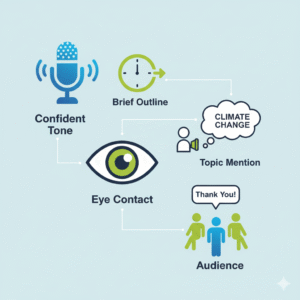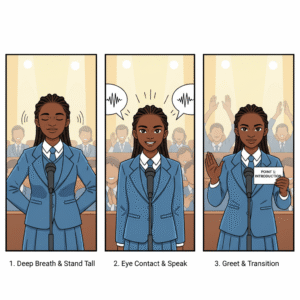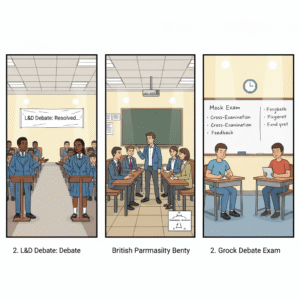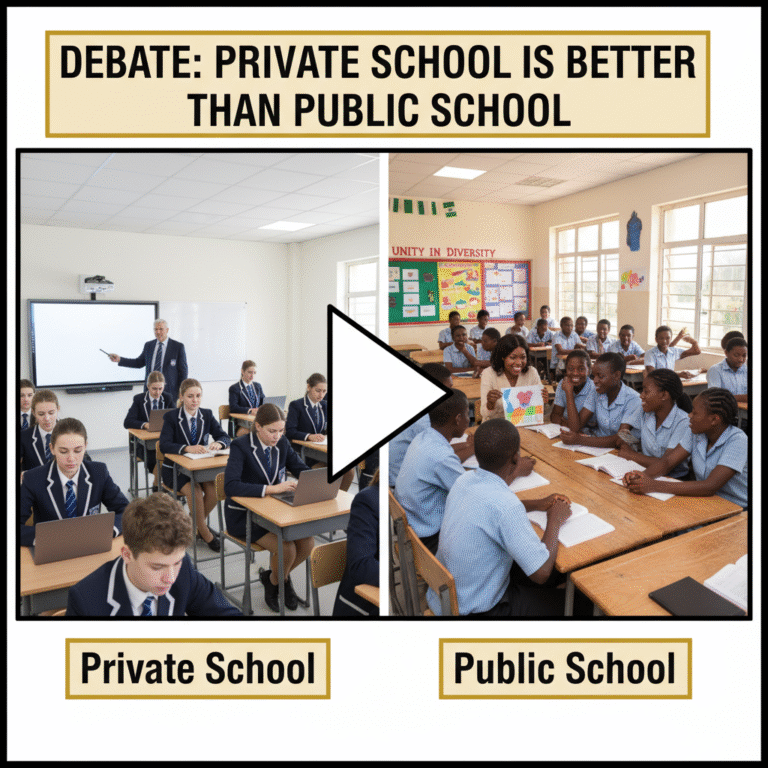How To Start A Debate Greeting In Secondary School
Do you have a debate competition coming up? Maybe for your school or even an inter-school challenge?
That first moment you stand up can be scary. Your legs might be shaking.
Knowing how to start a debate greeting in secondary school is the secret to sounding confident from the very first second.
It’s not just about saying “good morning.” A strong debate greeting in secondary school sets the stage for your entire argument.
Let’s break down exactly how to do it right.

What is a debate greeting?
A debate greeting is more than just “hi.”
It’s the official opening of your speech.
It’s where you show respect to the judges, the audience, and even your opponents.
Think of it as the handshake before the match. It shows you’re professional and ready.

What are the essential components of a strong debate greeting?
A great greeting has a few important parts. Don’t miss any of them.
Polite Greeting Start with the basics. “Good morning, esteemed judges…”
Clear Introduction Say who you are and what side you’re on. “My name is Amina, and I am the first speaker for the opposing side.”
State Position Be very clear. We are here today to strongly oppose the motion that…
Thank Audience A quick “thank you for listening” shows you value their time.
Topic Mention Clearly state the topic of the debate. Don’t make them guess.
Confident Tone Speak up! Don’t rush or mumble. This is your first impression.
Respect Acknowledgment This is key. Always acknowledge the “panel of judges,” “accurate timekeeper,” “co-debaters,” and the “audience.”
Eye Contact Look at the judges and the audience. Don’t just read from your paper.
Brief Outline (Optional) You can briefly say what you’ll cover. “In my speech, I will be proving three key points…”
Smooth Transition End the greeting and move straight into your first point. “Now, to my first point…”.

Steps on How To Start A Debate Greeting In Secondary School
Okay, so how do you put all those parts together? Here are the simple steps.
1. Stand tall and breathe Before you say anything, stand up straight. Take one deep breath. It calms the nerves.
2. Greet Everyone (The Protocol) This is the classic part. Start with the most important people.
- Example: “Good morning, the Chairman of this occasion, the impartial panel of judges, the accurate timekeeper, my worthy co-debaters, distinguished ladies and gentlemen.”
3. Introduce Yourself and Your Role Tell them who you are.
- Example: “My name is Tunde, and I am the lead speaker for the proposing side.”
4. State the Motion and Your Stance Be bold and clear.
- Example: “The topic for today’s debate is ‘Should mobile phones be allowed in secondary schools?‘, and we are here to tell you exactly why they should be.
5. Move to Your Argument That’s it. You’re done with the greeting. Now, transition to your main argument.
- Example: “My first point is…”

Top 10 best debate greetings for students
Need some examples? You can mix and match these.
- The Classic: “Good morning, Mr. Chairman, panel of judges, accurate timekeeper, my worthy opponents, and the audience. I am [Name], the first speaker for the proposition…”
- The Direct: “Good afternoon, ladies and gentlemen. My name is [Name], and I am here to firmly oppose the motion which states that…”
- The Confident Opener: “To the panel of judges, my co-debaters, and everyone present. We, the proposing side, are not just here to argue. We are here to prove, beyond a doubt, that…”
- The Quick Opener: “Good day, everyone. I am [Name], and I will be arguing for the motion…” (Good if time is very short).
- The Respectful: “I’d like to start by acknowledging the judges, my opponents, and the audience. Thank you for this platform. My name is [Name], and I am the second speaker for the opposition…”
- The Hook: “Is it true that [rephrase the topic]? Good morning judges and everyone. My name is [Name], and I’m here to tell you the truth…”
- The Team Opener: “Good morning. My name is [Name], and on behalf of my partner [Partner’s Name] and myself, we stand in firm support of today’s motion…”
- The University Style: “Honourable judges, members of the opposing team, ladies and gentlemen. The motion before this house is [State Motion]. As the first speaker for the proposition, I will establish…”
- The Short & Sharp: “Judges, opponents, audience. My name is [Name]. The motion is wrong, and I’ll tell you why.”
- The Full Protocol: “Good morning, the Chairman, the meticulous panel of judges, the ever-vigilant timekeeper, my learned opponents, my esteemed colleagues, and all lovers of sound reasoning.”
What common mistakes to avoid when delivering a debate greeting?
A bad start can cost you points. Avoid these common mistakes.
Speaking too fast You’re nervous, I get it. But slow down. They need to hear your name and your side.
Forgetting the judges This is a big sign of disrespect. Always greet the judges first.
Mumbling If they can’t hear you, they can’t give you marks. Project your voice.
Reading from your paper Don’t just read. Look up. Make eye contact. It shows confidence.
Wasting time The greeting should be quick. Don’t spend 2 minutes just saying “good morning.” Get to your points.
Apologizing Never start with “I’m sorry, I’m nervous.” Be confident, even if you have to fake it.
How to adapt your debate greeting to different debate formats in secondary school?
Not all debates are the same. Your greeting might need to change.
Literary & Debating Society (L&D) This is the classic Nigerian style. The long “Good morning, Chairman…” protocol is very important here.
British Parliamentary (BP) This is common in universities and some competitions. It’s much faster. You might just say, “Honourable judges, we on the opening government side believe…”
Mock WAEC/NECO For this, focus on clarity. The protocol is good, but your main points are more important. Be clear and be respectful.

FAQs
How long should my debate greeting be? Super short. About 15-30 seconds is perfect. Don’t waste your speaking time.
What if I forget the order of greeting? Don’t panic. Just make sure you greet the “Judges” and the “Audience.” That’s the most important part.
Do I need to greet my opponents? Yes, it’s good sportsmanship. Just call them “my worthy opponents” or “my learned friends.”
Conclusion
Your debate greeting is your first weapon.
It’s not just about being polite; it’s about showing the judges you’re confident and ready to win.
Practice it. Say it out loud. Look in the mirror.
When you stand up, own that stage from the very first word. Good luck.








3 Comments